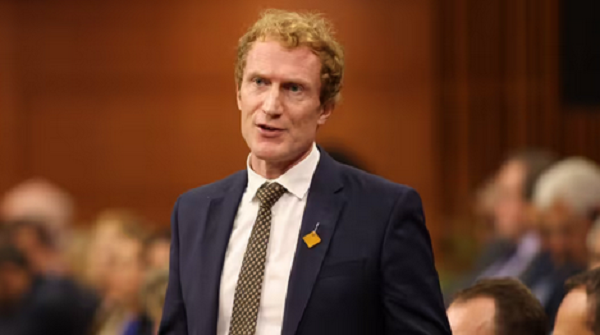China’s consumer inflation misses forecasts in June, with persistent producer-deflated prices amid domestic demand
China’s consumer prices grew for a fifth month in June but missed expectations, while producer price deflation persisted, with domestic demand mired on a slow recovery track despite support measures for the world’s second-largest economy.
Beijing has sought to revive consumption after a stuttering post-COVID recovery, but concerns are lingering over more fundamental issues including a protracted housing downturn and job insecurity. That has dented consumer and industrial activity and reinforced calls for more effective policies.
The consumer price index (CPI) in June rose 0.2 per cent from a year earlier, against a 0.3 per cent uptick in May, the slowest in three months, data from the National Bureau of Statistics showed on Wednesday, below a 0.4 per cent increase forecast in a Reuters poll.
“The risk of deflation has not faded in China. Domestic demand remains weak,” said Zhiwei Zhang, chief economist at Pinpoint Asset Management.
Food prices fell even more, despite supply disruptions caused by bad summer weather, underlining the soft demand.
Food prices slipped 2.1 per cent year-on-year, compared with a 2 per cent decline in May. Notably, fresh vegetable prices tumbled 7.3 per cent versus a rise of 2.3 per cent in May. A decline in fresh fruit prices deepened to 8.7 per cent from 6.7 per cent in May.
CPI edged down 0.2 per cent month-on-month, versus a 0.1 per cent drop in May and worsening from an expected 0.1 per cent fall.
The producer price index (PPI) fell 0.8 per cent in June from a year earlier, less than a 1.4 per cent decline the previous month, and matched a forecast 0.8 per cent fall.
The fall in the PPI was the smallest in 17 months, mostly attributable to a lower base last year.
“The deepening declines in factory-gate prices of consumer durables underscores that excess manufacturing capacity remains a worsening issue,” said Gabriel Ng, assistant economist at Capital Economics.
“Government policy is still prioritizing investment which is set to exacerbate the problem further. This will continue to weigh on inflation,” said Ng, who estimated full-year CPI would rise just 0.5 per cent, well below an official inflation target of 3 per cent for 2024.
Chinese shares were subdued and the yuan slipped to nearly eight-month lows after the data.
China’s retailers have discounted goods from cars to coffee as they navigate through sluggish consumer spending amid a shaky economic outlook.
A slide in gasoline prices accelerated to 6 per cent in June from 5.2 per cent the previous month, while new energy vehicle prices fell 7.4 per cent against a 6.9 per cent decline in May, NBS data showed.
“Incorporating soft Q2 inflation prints lowers our full-year 2024 forecast for headline PPI inflation to –1.6 per cent,” from a 1.1 per cent decline previously, Goldman Sachs said in a note, while maintaining its CPI forecast below consensus at 0.4 per cent.
Policy-makers’ repeated calls for average folks to “dare to spend” have drawn a lukewarm response. With households and companies expected to borrow less, that strengthens the case for policy support other than the piecemeal subsidies for auto and consumer goods trade-ins.
An overhaul of the consumption tax as part of long-touted changes to China’s tax system might be announced at a key leadership gathering next week, which may shift incentives for local officials from growing their manufacturing base to expanding their consumer base.
“Soft inflation and weak credit data are presenting a compelling case for further monetary policy easing from China’s central bank in the coming months,” said Lynn Song, chief economist for Greater China at ING.
Core inflation, excluding volatile food and energy prices, stood at 0.6 per cent in June, unchanged from May.
This article was first reported by Reuters













